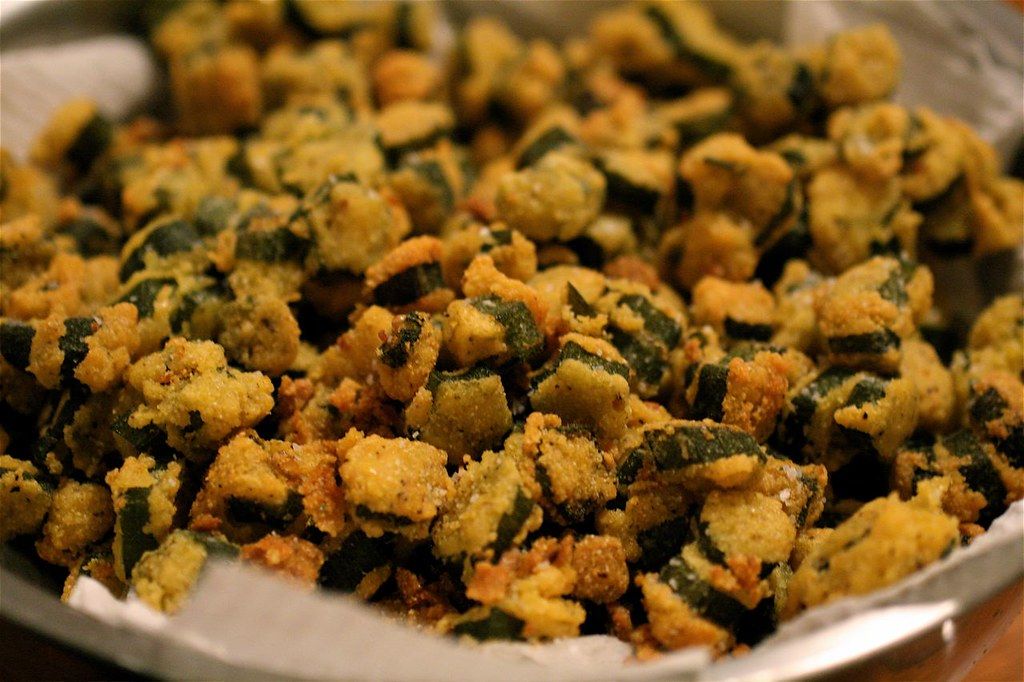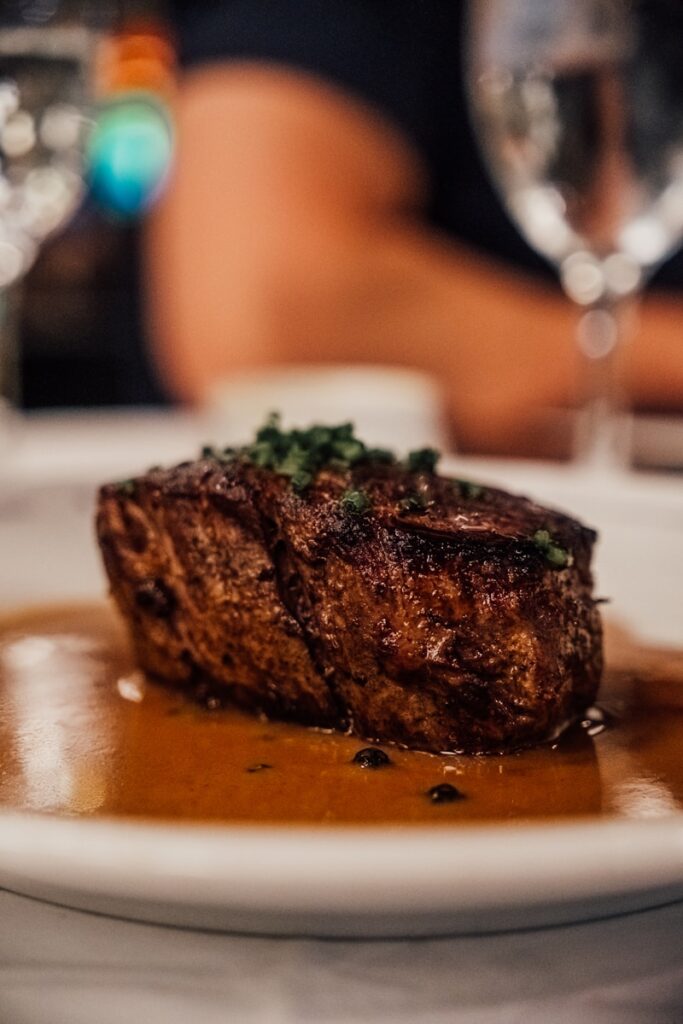
Filet mignon, often lauded as the king of steaks, stands apart in the culinary world for its unparalleled tenderness and subtle, buttery flavor. This esteemed cut of beef, cherished by gourmands and casual diners alike, presents a unique challenge and opportunity for home cooks: to unlock its full potential through precise preparation. Achieving culinary perfection with this luxurious cut hinges significantly on an acute understanding of the ideal internal temperature, a factor that dictates not only its texture but also its nuanced flavor profile. Overcooking this delicate muscle risks transforming a potentially sublime experience into a dry and disappointing one, while undercooking may not fully develop its intrinsic qualities. This comprehensive guide endeavors to demystify the art of cooking filet mignon, providing a detailed roadmap to consistently achieve a melt-in-your-mouth experience.
At its core, cooking filet mignon is less about timing and more about precision. Unlike other cuts of beef where visual cues or a simple touch test might suffice, the lean nature of filet mignon demands a more scientific approach. The goal is to cook the meat to a specific internal temperature that corresponds with the desired level of doneness, a process made effortless and accurate with the right tools and knowledge. From understanding the cut itself to mastering the subtleties of temperature management, every step contributes to the ultimate enjoyment of this prized steak.
This first section will lay the groundwork by exploring the unique characteristics that define filet mignon, emphasizing why it commands such respect in the culinary landscape. We will then delve into the paramount importance of internal temperature as the singular determinant of a successful cook, moving beyond guesswork to embrace accuracy. Finally, a meticulous breakdown of each level of doneness, from the vibrant warmth of rare to the firm consistency of well-done, will equip you with the insights needed to confidently prepare your filet mignon to your exact preference, ensuring every bite is as exquisite as intended.

1. **Understanding Filet Mignon: The Cut’s Unique Qualities**Filet mignon is derived from the tenderloin, a specific muscle located beneath the ribs of the cow. Its exceptional tenderness, which is its most defining characteristic, stems from the fact that this particular muscle is not heavily used by the animal. This lack of strenuous activity means the muscle fibers remain delicate and un-toughened, resulting in a steak that is remarkably soft and yields easily to the knife and fork, a true delight for the palate.
Distinct from many other cuts of beef, filet mignon is relatively lean, possessing less marbling—intramuscular fat—than, for instance, a ribeye or New York strip. This leanness contributes to its subtle flavor and contributes to its delicate texture. However, this characteristic also implies a greater susceptibility to drying out if overcooked, making precision in cooking all the more critical to preserve its inherent moisture and tenderness.
The desirability and tenderness of filet mignon are reflected in its price, making it a cut that warrants respect and meticulous preparation. To truly appreciate its qualities, one must approach its cooking with attention to detail, ensuring that the inherent advantages of this premium cut are not diminished through improper technique. It is a steak that rewards careful handling with an unparalleled dining experience.
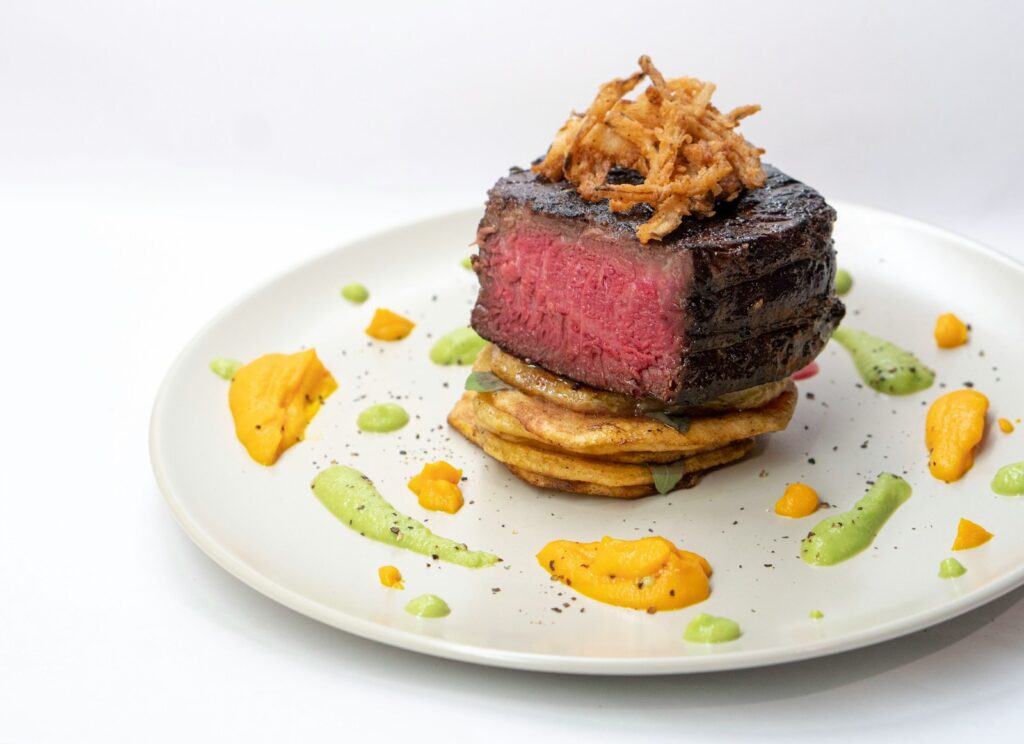
2. **The Imperative of Internal Temperature: Precision in Culinary Artistry**For any cut of meat, but especially for the delicate filet mignon, internal temperature serves as the golden rule of cooking. Relying on visual cues alone, such as the surface color or the amount of char, can be profoundly misleading. Variations in lighting, the type of cooking method employed, and even the natural coloration of the meat can obscure the true state of its interior, leading to inconsistent and often disappointing results.
Similarly, judging doneness by touch, while a skill cultivated by experienced chefs over years, is fundamentally inaccurate for the average cook. This method requires an intuitive understanding of meat density at various temperatures, which is difficult to master and prone to error. Without the consistent feedback of a reliable measurement, achieving reproducible perfection becomes a matter of chance rather than design.
This is where a reliable meat thermometer becomes an indispensable tool. It eliminates all guesswork, providing an objective and precise reading of the steak’s internal state. By inserting the thermometer into the thickest part of the filet, carefully avoiding any bone or excessive fat, one can obtain an accurate measurement. This precision ensures that every time you cook filet mignon, it can be brought to your exact desired level of doneness, guaranteeing consistent, melt-in-your-mouth results.
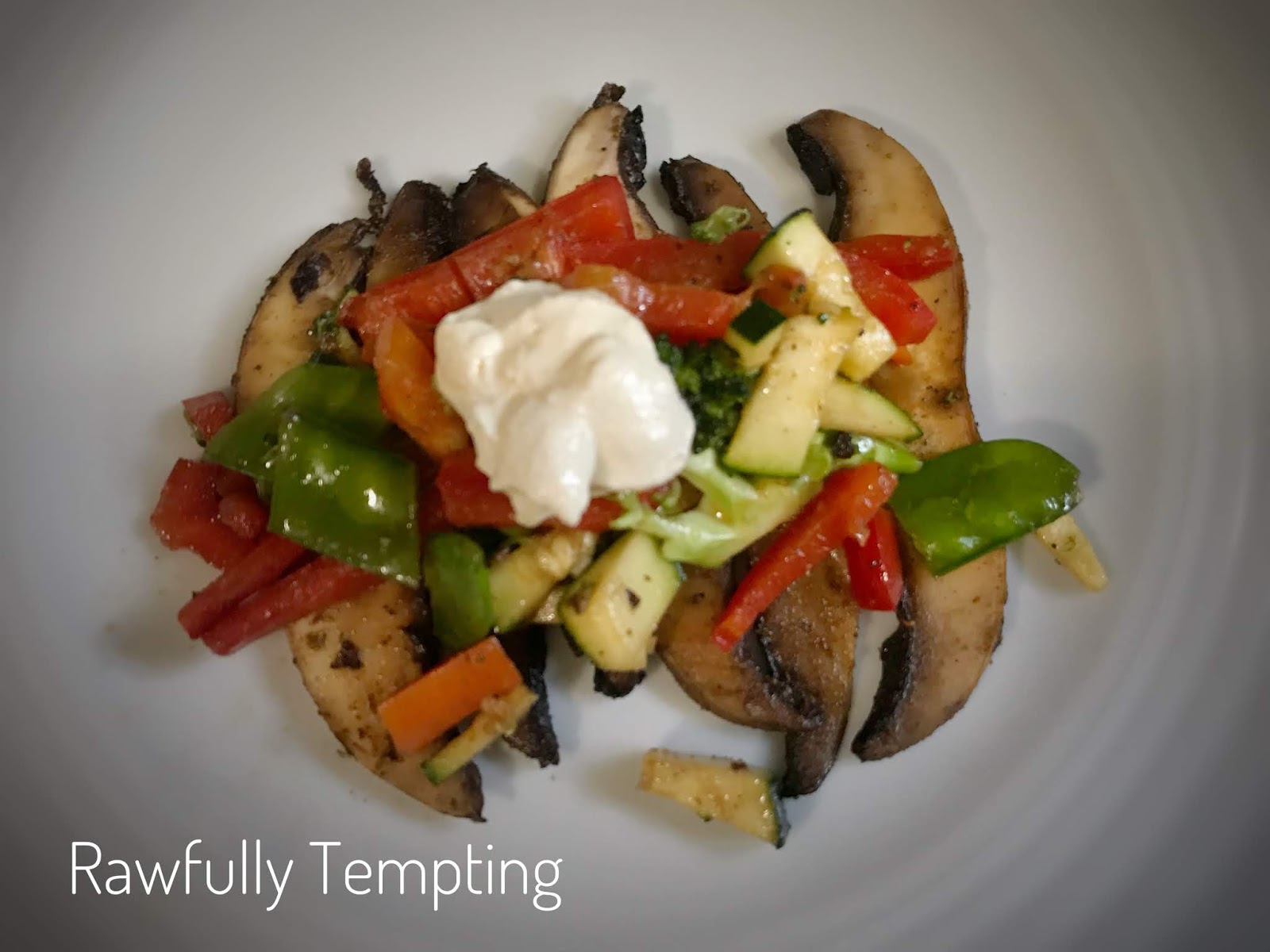
3. **Demystifying Doneness: Rare Filet Mignon (120-130°F)**A rare filet mignon presents a culinary experience characterized by a strikingly cool, bright red center. This level of doneness means the exterior has been seared to develop a crust, but the vast majority of the steak’s interior remains very red and exceptionally soft to the touch. It offers a unique texture that some aficionados consider the purest expression of the meat’s tenderness.
For those who appreciate the robust, almost beefy flavor that accompanies a barely cooked steak, rare filet mignon is an ideal choice. The meat retains most of its natural moisture, contributing to an incredibly succulent mouthfeel. The internal temperature for this doneness level typically falls within the range of 120-130°F (49-54°C), signifying minimal heat penetration to the core.
This preference for rare is often linked to a desire for the most tender texture possible, where the muscle fibers have been warmed just enough to begin to relax without firming up. It is a testament to the quality of the filet mignon itself, as its mild flavor and exceptional tenderness are showcased prominently at this less-cooked stage, appealing to those with a refined palate for red meat.
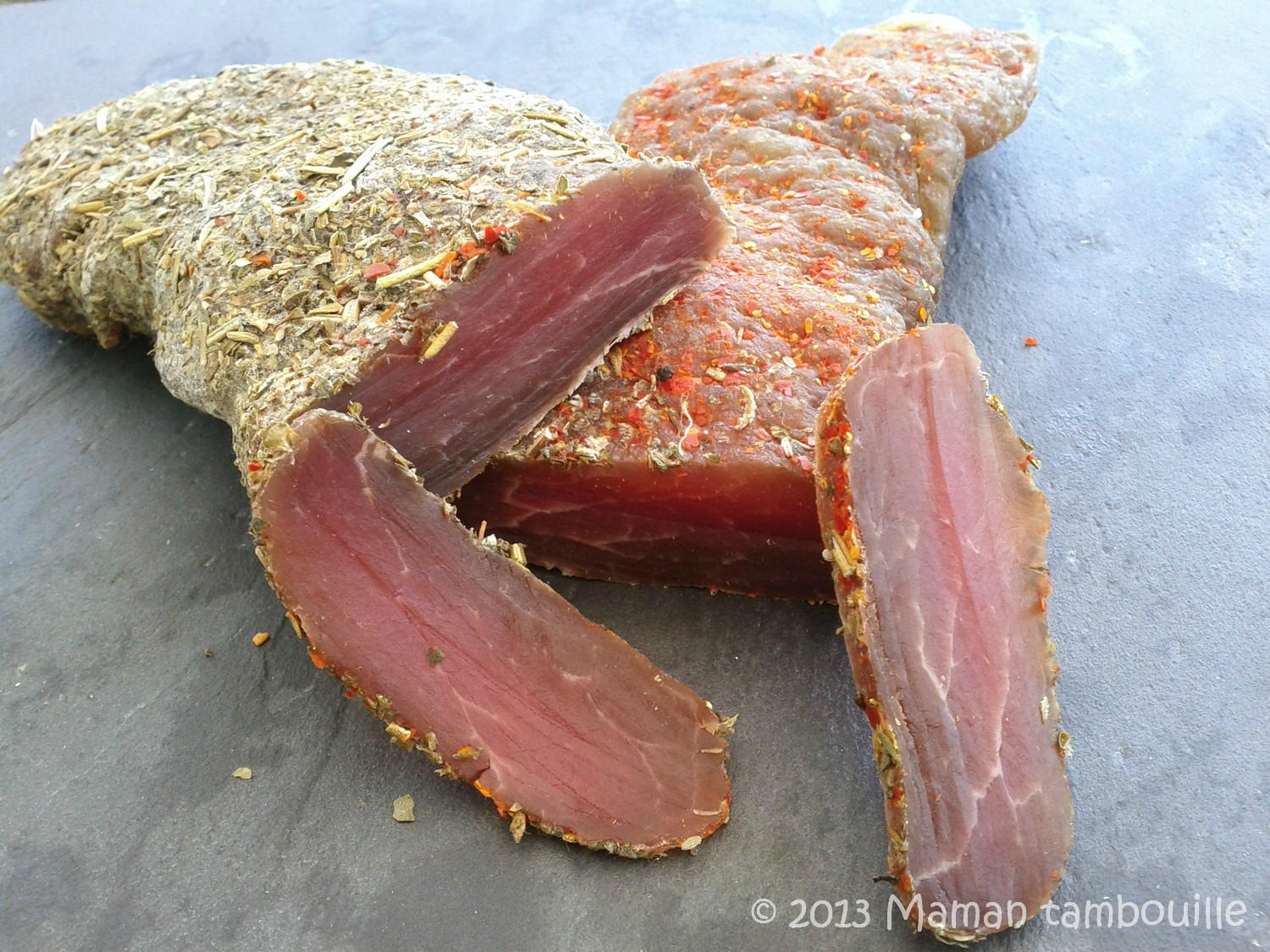
4. **The Pinnacle of Tenderness: Medium-Rare Filet Mignon (130-140°F)**Medium-rare is frequently hailed as the quintessential level of doneness for filet mignon, representing what many consider to be the sweet spot between raw and cooked. At this stage, the steak boasts a warm, red center, beautifully contrasted by a slightly larger band of pink that extends towards its edges. This visual progression from deep red to pink is indicative of a more uniform heat distribution throughout the cut.
The allure of medium-rare lies in its perfect balance: the steak remains incredibly tender and remarkably juicy, while offering a more developed flavor profile than a rare preparation. The muscle fibers have begun to firm up slightly, yet the meat retains its yielding texture and inherent succulence, providing a satisfying chew without any hint of toughness. It is a harmonious blend of tenderness, juiciness, and flavor that appeals to a broad spectrum of steak enthusiasts.
Achieving medium-rare typically means an internal temperature ranging from 130-140°F (54-60°C). This temperature ensures that the delicate proteins are cooked just enough to transform, releasing more aromatic compounds and enhancing the steak’s natural richness, while critically preventing any significant loss of moisture. It is a popular choice for those seeking the optimal filet mignon experience, offering the best of both worlds.

5. **Achieving Balance: Medium Filet Mignon (140-150°F)**For those who prefer a steak with less visible red and a firmer texture than medium-rare, a medium filet mignon offers a pleasing alternative. At this level of doneness, the center of the steak will be a warm, pronounced pink, gradually transitioning to a thin, cooked band of brown around the edges. This signifies a more thorough cooking process that still prioritizes juiciness and tenderness.
The texture of a medium filet mignon is noticeably firmer than its medium-rare counterpart, yet it still retains a good degree of succulence. The internal temperature for a medium steak generally ranges from 140-150°F (60-66°C). This temperature ensures that the meat is cooked through sufficiently to appease those who are hesitant about vibrant red centers, without venturing into dryness.
While leaning towards a more cooked profile, a well-prepared medium filet mignon can still be incredibly enjoyable, particularly when sourced from a high-quality cut. The key is to monitor the temperature diligently to ensure it does not exceed the upper end of this range, preserving as much of the steak’s natural moisture and delicate tenderness as possible, thus maintaining a balanced culinary experience.

6. **Navigating Higher Doneness: Medium-Well Filet Mignon (150-160°F)**Medium-well filet mignon represents a further progression in doneness, characterized by a slightly pink center, with the majority of the steak cooked to a uniform brown throughout. This level of doneness signifies a considerable reduction in the visible red, appealing to those who prefer their meat more thoroughly cooked. However, it also brings with it a noticeable change in texture and juiciness.
At an internal temperature of 150-160°F (66-71°C), the steak will be distinctly firmer to the touch compared to medium or medium-rare preparations. The muscle fibers have contracted more significantly, which inevitably leads to a reduction in the steak’s natural juiciness. While some individuals may prefer this level of doneness, it marks a critical point where the inherent tenderness of filet mignon begins to diminish.
For culinary experts, cooking filet mignon to medium-well is generally not recommended, as it starts to compromise the very qualities that make this cut so desirable. The risk of drying out the lean meat increases substantially, potentially leading to a less luxurious and less tender eating experience. Careful temperature control and immediate removal from heat are paramount to prevent further dehydration.
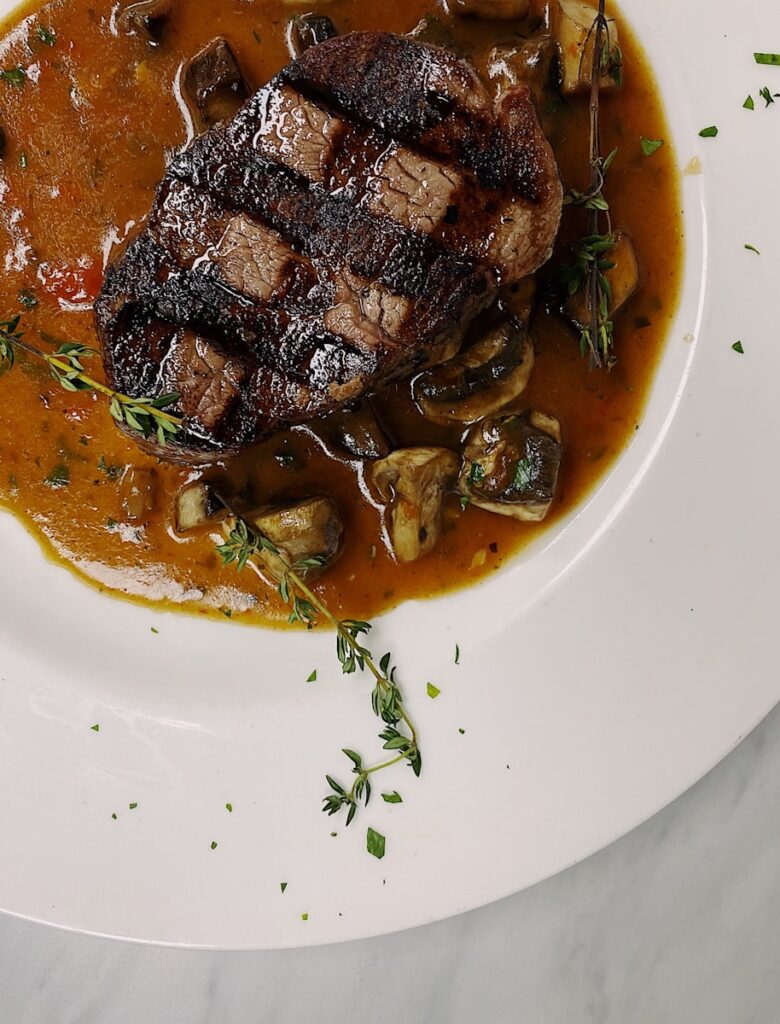
7. **The Extreme End: Well-Done Filet Mignon (160°F+) and Its Implications**A well-done filet mignon is characterized by meat that is cooked completely through, with absolutely no trace of pink remaining in the center. The steak will be a uniform gray-brown from edge to edge, signifying that the muscle proteins have coagulated entirely. While some diners express a preference for this level of doneness, it comes with significant culinary drawbacks, especially for a cut as prized as filet mignon.
At internal temperatures of 160°F (71°C) and above, the delicate nature of filet mignon is severely compromised. The steak becomes firm and dense, losing the buttery texture and melt-in-your-mouth quality for which it is renowned. More critically, the extreme heat drives out much of the meat’s natural moisture, resulting in a noticeably dry texture that detracts significantly from the overall dining experience. The subtle, rich flavors are often muted or lost entirely.
For these reasons, it is strongly advised against cooking filet mignon to a well-done state. The lean composition of this cut makes it exceptionally susceptible to becoming tough and unpalatable when overcooked. While personal preference is respected, chefs and culinary guides consistently recommend opting for lower levels of doneness—ideally medium-rare to medium—to truly savor the exceptional qualities of filet mignon and enjoy it at its absolute best. Protecting its inherent tenderness and juiciness is paramount.
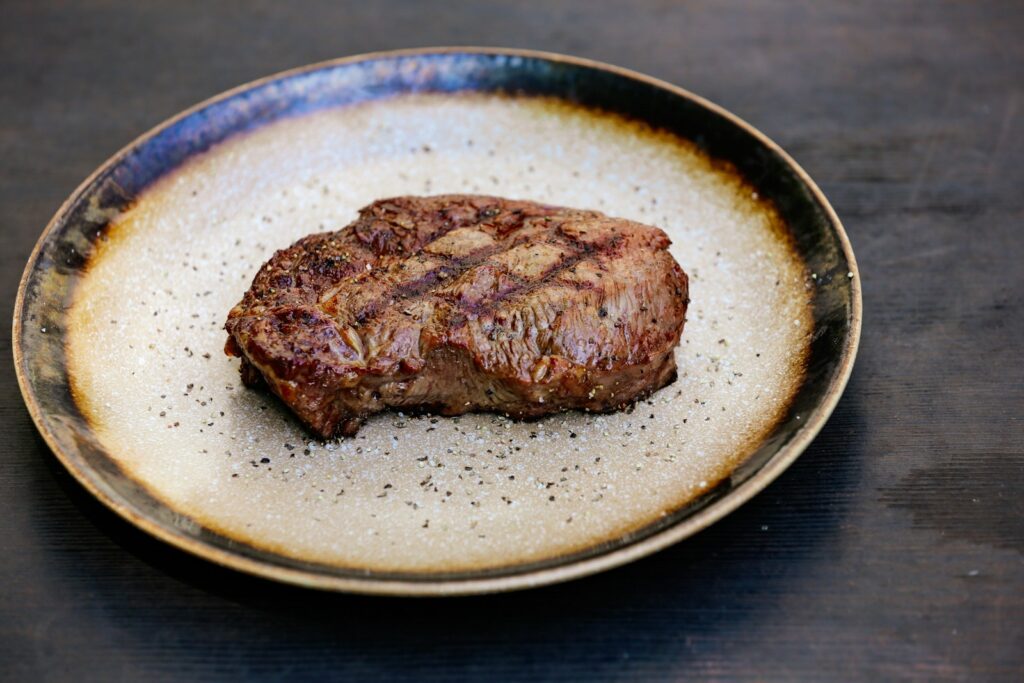
8. **Pan-Searing: A Classic Approach**Pan-searing stands as a time-honored method for preparing filet mignon, revered for its capacity to forge a beautiful, flavorful crust while meticulously preserving the meat’s tender interior. This technique leverages high heat in a heavy-bottomed skillet, ideally cast iron, to initiate a rapid browning process, which is essential for developing the steak’s external texture and enhancing its overall taste profile. The method is often favored for its directness and the distinct caramelization it imparts.
To execute a successful pan-sear, the preparation of the filet mignon is paramount. The steak should be thoroughly patted dry with paper towels, a crucial step that facilitates optimal searing by removing surface moisture. Seasoning generously with salt and freshly ground pepper, or other preferred spices, prepares the meat for cooking. A high-smoke-point oil, such as avocado or canola, is then heated in the skillet until it shimmers, indicating readiness for the searing process. The filet is typically seared for two to three minutes per side, creating a rich, golden-brown crust.
Following the initial sear, the heat is often reduced, and cooking continues until the desired internal temperature is achieved. Many culinary practitioners choose to finish the steak in the oven after searing, which allows for a more even cook through the center, especially for thicker cuts. During the final minutes of cooking, incorporating butter, garlic, and aromatic herbs into the pan can create a luscious basting liquid, infusing the steak with additional depth of flavor. This careful attention to temperature and aromatics elevates the simple act of searing into a gourmet experience.
A key consideration during pan-searing is to prevent overcrowding the pan. Introducing too many steaks at once can significantly lower the skillet’s temperature, inhibiting the proper formation of a crust and potentially leading to a steamed rather than seared exterior. If cooking multiple filets, it is advisable to work in batches, ensuring each piece has ample space to sear effectively. This meticulous approach guarantees that each filet mignon develops the coveted crispy exterior while maintaining its signature succulent interior, culminating in a dish of exemplary quality.

9. **Grilling: Infusing Smoky Essence**Grilling offers a distinct culinary pathway for filet mignon, bestowing upon the esteemed cut a desirable smoky flavor and a characteristic charred texture that differentiates it from other cooking methods. The open flame and intense heat of a grill interact uniquely with the meat, creating a robust exterior while still allowing for a tender and juicy interior, provided temperature management is precise. This method is particularly appealing for those who appreciate the subtle nuances that smoky notes bring to high-quality beef.
Preparation for grilling mirrors other methods in its foundational steps: the filet mignon should be patted dry and seasoned liberally. The grill itself requires specific attention; preheating to a medium-high heat is essential to ensure a consistent cooking surface and to prevent the meat from sticking. Once the grill grates are adequately hot, the seasoned filets are placed directly on them.
The grilling duration for filet mignon typically ranges from three to five minutes per side, a period that must be adjusted based on the steak’s thickness and the desired level of doneness. Given the variability inherent in grilling, particularly with outdoor equipment, the diligent use of a meat thermometer is critical. This instrument provides an objective measure of the internal temperature, guaranteeing that the steak reaches the intended doneness without overcooking. Following grilling, allowing the steak to rest is as crucial as with other methods, permitting the re-distribution of its flavorful juices for a superior dining experience.
10. **Reverse Sear: The Technique for Uniformity**The reverse sear method represents a sophisticated approach to cooking filet mignon, designed to achieve an exceptionally even internal cook and an unparalleled crust. Unlike traditional searing methods that begin with high heat, this technique initiates the cooking process at a low temperature in an oven, gradually bringing the steak to near-desired doneness before a final, rapid sear in a hot pan. This sequential heating minimizes the gray band typically seen with high-heat-first methods, ensuring a beautiful, uniform pink from edge to edge.
The process begins by preheating an oven to a relatively low temperature, often around 250°F (121°C). Seasoned filet mignon is then placed on a baking sheet and cooked gently until its internal temperature reaches approximately 10 to 15 degrees Fahrenheit below the target final doneness. This slow, gentle heat allows the enzymes within the meat to work, tenderizing it further and preventing the outer layers from overcooking while the center catches up.
Upon reaching this preliminary temperature, the steak is removed from the oven and allowed a brief rest, typically around 10 minutes. This resting period helps to stabilize the internal temperature and prepares the surface for the final searing stage. Subsequently, a skillet, often cast iron, is heated over high heat with a small amount of oil until it is intensely hot. The rested filet is then seared for a mere one to two minutes per side, quickly developing a deeply browned, crisp crust without significantly altering the internal temperature beyond the desired mark.
This dual-stage method is particularly advantageous for thicker cuts of filet mignon, where uniform cooking through the center can be challenging. The slow initial cook ensures that the core of the steak reaches temperature gently, while the subsequent high-heat sear provides the irresistible exterior. After the final sear, another brief rest is recommended to allow the juices to settle, culminating in a filet mignon that is tender, juicy, and perfectly cooked throughout, presenting a superior culinary result.
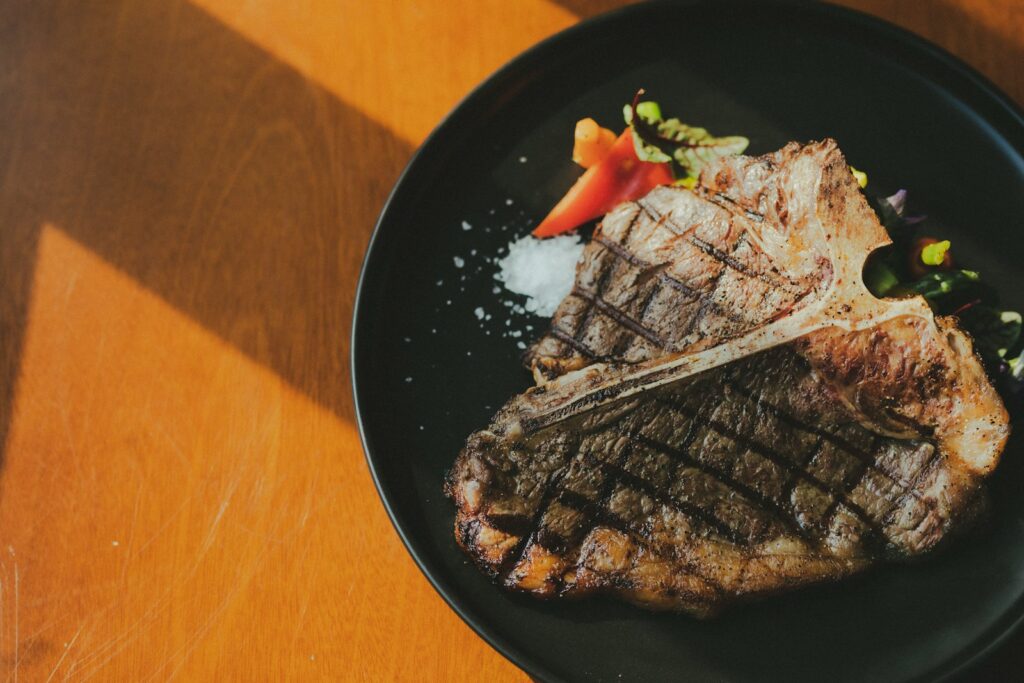
11. **Sous Vide: Precision Through Water Bath**The sous vide cooking method offers an extraordinary level of precision for preparing filet mignon, distinguished by its ability to ensure perfectly even cooking from edge to edge. This technique involves vacuum-sealing the seasoned steak and immersing it in a precisely controlled water bath, where it cooks at a constant, predetermined temperature. The result is a steak that is uniformly cooked to the desired doneness throughout its entire cross-section, eliminating the risk of overcooked edges or undercooked centers, which can be challenging with conventional methods.
To implement sous vide, the filet mignon is first seasoned to taste before being placed into a vacuum-sealable bag. Once sealed, removing all air, the bag is submerged in a water bath heated by an immersion circulator to the exact internal temperature desired for the steak’s doneness. For instance, a medium-rare filet might be cooked at 130°F to 134°F. This consistent temperature ensures that the meat cooks gently and thoroughly, preventing any temperature gradients within the steak itself.
The cooking time in a sous vide water bath can range from one to four hours, depending on the thickness of the steak, though extended cooking times primarily affect tenderness rather than doneness once the desired internal temperature is reached. After its time in the water bath, the filet is removed from the bag and thoroughly patted dry. This crucial drying step is essential for preparing the steak for its final stage: a quick sear in a very hot skillet or on a grill.
This final high-heat sear, lasting only a minute or two per side, serves to develop a flavorful crust—a characteristic that sous vide itself does not produce. The goal is to create the Maillard reaction on the surface without significantly altering the perfectly cooked interior. Following this sear, a brief rest allows any surface juices to reabsorb, culminating in a filet mignon that is consistently tender, incredibly juicy, and precisely cooked to its core, embodying culinary perfection with remarkable reliability.
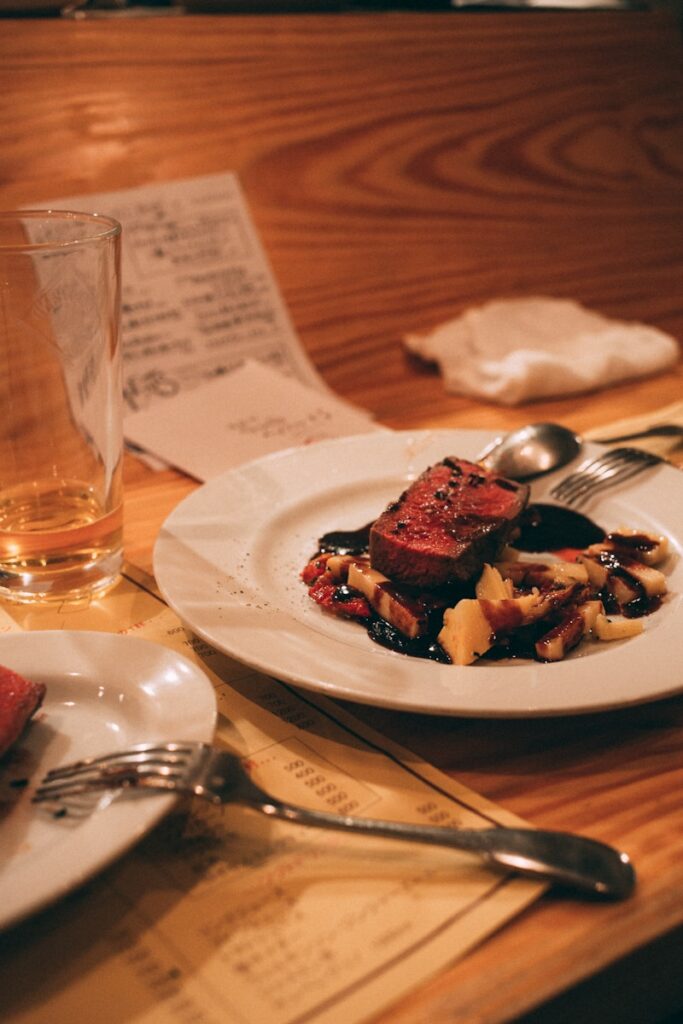
12. **Carryover Cooking: The Crucial Resting Phase**Carryover cooking is a fundamental phenomenon in culinary science, particularly vital when preparing premium cuts such as filet mignon. It describes the continued rise in the internal temperature of meat even after it has been removed from its heat source. This process occurs due to the residual heat concentrated within the steak, which continues to conduct inwards, effectively cooking the meat further during its resting period. Understanding and accounting for carryover cooking is paramount for achieving the exact desired level of doneness.
The extent of carryover cooking is not uniform; it is influenced by several factors, including the size and thickness of the steak, as well as the temperature at which it was cooked. Thicker cuts and those cooked at higher temperatures tend to experience a more significant temperature increase during rest. As a general guideline, chefs anticipate an internal temperature rise of approximately 5-10 degrees Fahrenheit (3-6 degrees Celsius) after the filet mignon is taken off the heat.
This scientific principle necessitates a crucial adjustment in cooking practice: the filet mignon must be removed from the heat source a few degrees below the target final doneness. For example, if a medium-rare steak is desired at 135°F, it should be pulled from the heat when its internal temperature reaches around 125-130°F. This proactive measure ensures that by the time the steak has rested and carryover cooking has completed, it will have reached the precise desired temperature, preventing inadvertent overcooking.
Beyond temperature management, the resting phase is equally important for the redistribution of juices within the meat. During cooking, muscle fibers contract and push moisture towards the center. Resting allows these fibers to relax, drawing the juices back outwards and throughout the entire steak, resulting in a more succulent, tender, and flavorful eating experience. Therefore, a proper rest, factoring in carryover cooking, is an indispensable step towards culinary perfection with filet mignon.
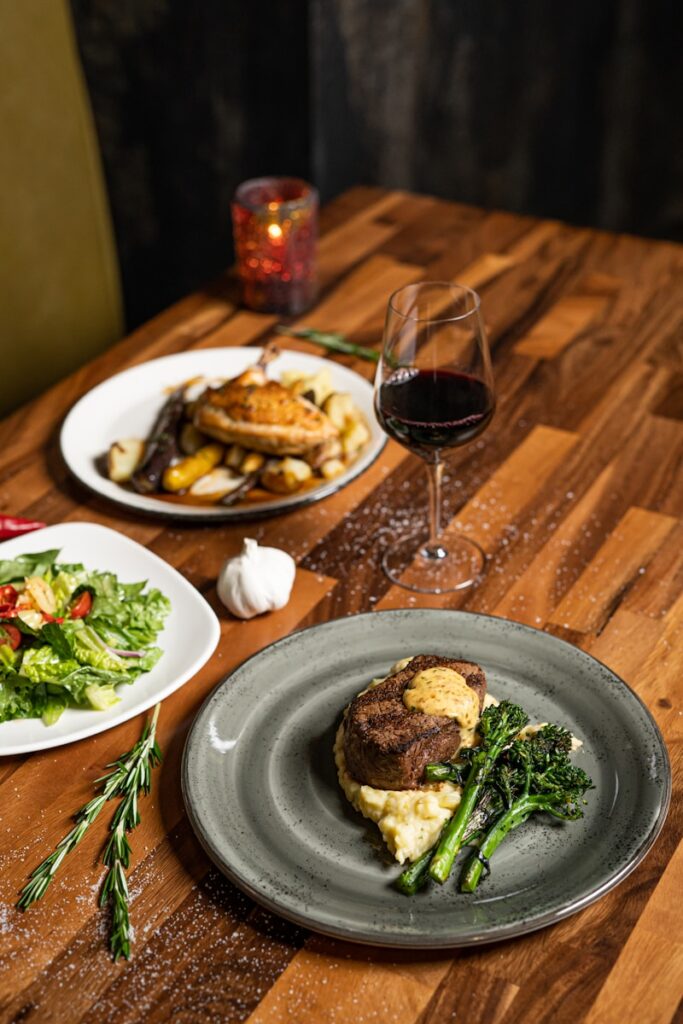
13. **Expert Tips for Perfect Filet Mignon**Achieving a perfect filet mignon consistently requires not only an understanding of temperatures and methods but also the application of several expert tips that refine the cooking process. These insights, gleaned from years of culinary practice, elevate the outcome from merely good to truly exceptional, ensuring every steak embodies the tenderness and flavor for which filet mignon is renowned. Diligence in these preparatory and post-cooking steps is as critical as the cooking itself.
One foundational tip is to allow the filet mignon to come to room temperature for 30 to 60 minutes before cooking. This crucial step ensures more even heat penetration and cooking throughout the steak, preventing a cold center from delaying the internal temperature rise and potentially leading to an overcooked exterior. Simultaneously, generous seasoning with high-quality salt and pepper, along with any preferred herbs and spices, is essential. Filet mignon, being a lean cut, benefits immensely from liberal seasoning to enhance its mild flavor profile.
During the cooking phase, using a reliable meat thermometer is indispensable for precision. This tool eliminates guesswork, providing objective readings of the steak’s internal state. When pan-searing, it is vital to avoid overcrowding the pan; cooking in batches ensures consistent high heat and proper crust development. Furthermore, resisting the urge to press down on the meat while it cooks prevents the loss of precious juices, which are key to maintaining tenderness and flavor.
Perhaps one of the most frequently emphasized tips is the resting of the steak post-cooking. Allowing the filet mignon to rest for 5 to 10 minutes, lightly tented with foil, permits the muscle fibers to relax and the internal juices to redistribute evenly throughout the meat. This vital step ensures maximum succulence and tenderness in every bite. Finally, when serving, slicing the steak against the grain—perpendicular to the muscle fibers—further enhances its tenderness, making each piece remarkably easy to chew and savor.
Read more about: Say Goodbye to Tough Steaks! 14 Genius Hacks to Make Any Cut Melt-in-Your-Mouth Tender (You Won’t Believe #7!)

14. **Troubleshooting Common Filet Mignon Problems**Even with meticulous attention to detail, cooks may occasionally encounter challenges when preparing filet mignon. Understanding common problems and their solutions is integral to mastering this premium cut, transforming potential setbacks into opportunities for learning and improvement. The lean and delicate nature of filet mignon means that deviations in technique can have pronounced effects on the final result, making troubleshooting a valuable skill.
The most prevalent issue encountered is a dry filet mignon, almost invariably a consequence of overcooking. Due to its low marbling, filet mignon is particularly susceptible to moisture loss at higher temperatures. To mitigate this, a meat thermometer is an indispensable tool, ensuring the steak is removed from the heat before it exceeds medium doneness. For an overcooked steak, while its original tenderness cannot be fully restored, thinly slicing it against the grain and serving with a rich, flavorful sauce, such as béarnaise or mushroom, can significantly improve palatability by adding much-needed moisture and masking dryness.
Toughness in filet mignon can stem from various factors, including undercooking, improper slicing, or aggressive handling. If the steak feels tough, verify that it reached the desired internal temperature; undercooked muscle fibers can remain firm. Equally important is slicing against the grain, which shortens the muscle fibers, making the meat easier to chew. Avoiding excessive pressing on the steak during cooking helps retain juices, contributing to tenderness.
Uneven cooking is another common complaint, often resulting from starting with a cold steak or an inconsistent heat source. Allowing the filet mignon to come to room temperature for 30-60 minutes before cooking promotes more uniform heat penetration. Ensuring the cooking surface, whether a pan or grill, is evenly heated across its surface also prevents “hot spots” that can lead to patchy doneness. Addressing these foundational elements ensures that the steak cooks more uniformly, preventing some parts from being overcooked while others remain underdone.
Finally, underseasoning can leave filet mignon tasting bland, a disservice to its inherent quality. Its mild flavor profile benefits significantly from liberal seasoning with salt, pepper, and other aromatics. Similarly, neglecting the resting period post-cooking is a critical error. Without rest, juices escape upon slicing, resulting in a dry, less flavorful steak. By understanding and proactively addressing these common pitfalls, cooks can consistently achieve a filet mignon that is tender, juicy, and full of flavor.
An ending paragraph of the article.
The journey to culinary mastery with filet mignon is one marked by precision, patience, and a deep appreciation for the subtleties of this exquisite cut. From the initial precise temperature control to the judicious selection of cooking methods and the application of expert techniques, each step contributes to an experience that transcends mere sustenance, becoming a celebration of flavor and texture. Embrace these principles, and you will not only cook a steak but craft a memorable masterpiece, a testament to the art of fine dining, right in your own kitchen. The perfect filet mignon awaits your skillful touch, promising a melt-in-your-mouth delight that will elevate any occasion.


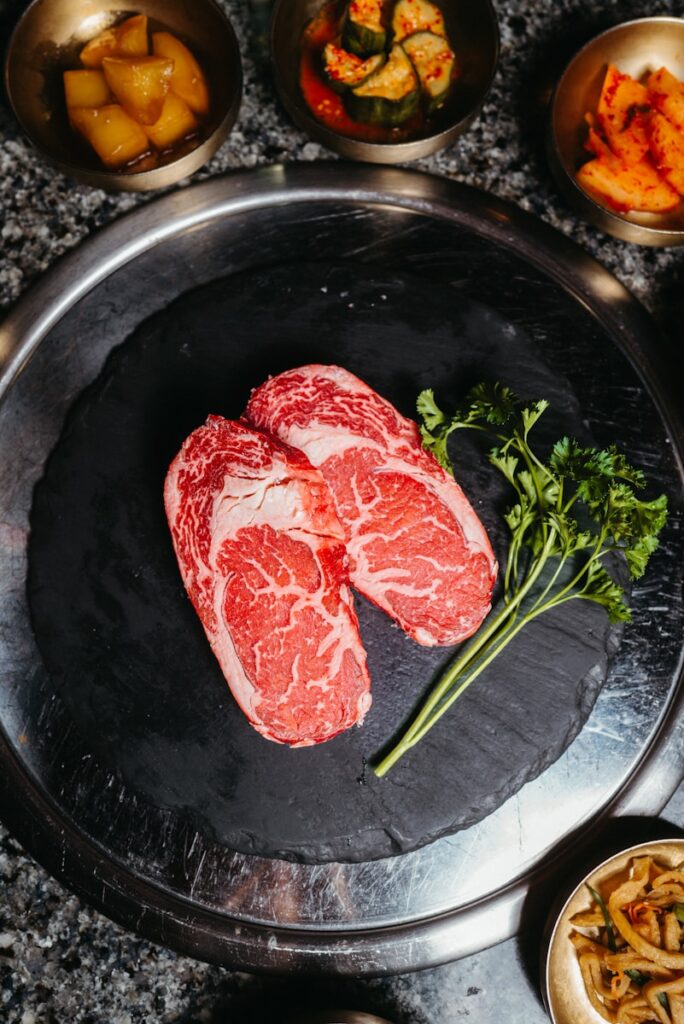

:max_bytes(150000):strip_icc()/16160-juicy-grilled-chicken-breasts-ddmfs-5594-hero-3x4-902673c819994c0191442304b40104af.jpg)
